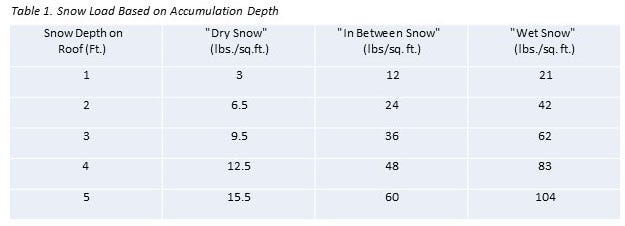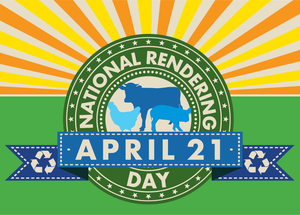The recent accumulation of snow in many areas of the Northeast has caused some agricultural buildings to fail.
February 20, 2015

The recent accumulation of snow in many areas throughout New York and the Northeast has caused some agricultural buildings to fail, according to Cornell University senior extension associate Curt Gooch, in a "PRO-DAIRY e-Alert."
Failure can be the result of several items linked to the snow load present on the building. These items include but are not limited to: improper building design, improper building construction, actual snow load exceeding design snow load, imbalance of snow load on roof and failure of one key structural member causing others to fail as a result of load transfer (domino effect).

Pre-engineered post frame agricultural buildings are designed to withstand a certain level of wind and snow loading and should withstand any snow loads that are below the "design value." For example, Gooch said if the given snow load is 30 lb./sq. ft. acting on the building and it was designed for a design load of 40 lb./sq. ft., then there should be no load carrying problem.
Unfortunately, there are agricultural buildings out there that have not been designed for any particular loading at all. These buildings have a much higher probability of failing as a result of the current snow accumulations, Gooch said.
So, how do we know if a building is going to fail? For a pre-engineered building, we can check the actual snow load on the building against the design snow load. If the actual load is less then the design load, then failure is not eminent. The Table can be used as a guide to estimate the snow load on a barn but cannot be used for a non-engineered structure.
Wood structures will show stress before they fail unlike metal structures that usually will not, Gooch said. For a wood structure, the following audible and or visual signs may be noticed prior to failure:
* Creaking or moaning in the building;
* Bowing of truss bottom chords or web members;
* Bowing of rafters or purlins;
* Bowing of headers or columns.
If these signs are present, consideration may be given to evacuating animals from the barn and it is certainly recommended to evacuate all humans from the structure.
One option commonly considered to relieve loading from the barn is to shovel the roof. Gooch emphasized that only experienced individuals who are properly trained and protected should do this. Attempting to save a barn is not worth risking lives over. Shoveling the roof without the proper approach may actually cause more damage than good by creating an unbalanced load on the roof.
PRO-DAIRY's Curt Gooch and Sam Steinberg have created recommendations for safe snow removal: Do's and Don'ts for Barn Snow Removal.
You May Also Like
.png?width=300&auto=webp&quality=80&disable=upscale)
.png?width=300&auto=webp&quality=80&disable=upscale)

